Tag: SOFA
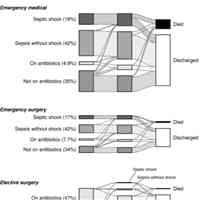
Descriptors of Sepsis Using the Sepsis-3 Criteria
We successfully operationalized the Sepsis-3 criteria to an electronic health record dataset to describe the characteristics of critical care patients with sepsis. This may facilitate sepsis research using electronic health... read more

Interim-analysis of the COVID-19 Patients Treated with the Seraph 100 Microbind Affinity Filter Registry
The treatment of COVID-19 patients with Seraph®100 is well tolerated and the circuit failure rate was lower than previously reported for KRT in COVID-19 patients. Mortality corelated with late initiation of Seraph treatment... read more

Alterations in qSOFA, SIRS, MEWS or NEWS Score Present in Half of Patients
Almost half of patients with a suspected infection experience a change in the score of qSOFA, SIRS, MEWS and/or NEWS during ED stay. Approximately half of alterations were from a normal to an abnormal score and half vice... read more

Anti-interleukin Drugs Effect on COVID-19 Patients
Drugs targeting IL-1 or IL-6 did not shorten the time to clinical improvement in this sample of patients with COVID-19, hypoxic respiratory failure, low SOFA score, and low baseline mortality risk. Between April 4, and... read more
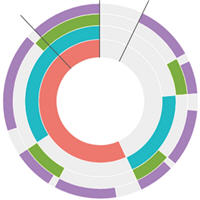
The Use of Different Sepsis Risk Stratification Tools Uncovers Different Mortality Risks
Our data suggest that the sepsis risk stratification tools currently utilized in emergency departments and on the general wards do not predict mortality adequately. This is illustrated by the disparity in mortality risk... read more
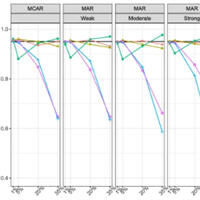
Dealing with missing delirium assessments in prospective clinical studies of the critically ill
For longitudinal data where a summary exposure is of interest, we recommend practitioners adopting the passive imputation strategy. Simulations show that all methods performed comparably when the proportion of missingness... read more

The Relationship Between Heart Rate and Body Temperature in Critically Ill Patients
In critically ill patients, increased metabolic demand results in increased cardiac output. Increased heart rate in these patients can also be secondary to other conditions such as hypovolemia, heart failure, anxiety, or... read more

SOFA Score Accuracy For Determining Mortality Of Severely Ill Patients With COVID-19 Pneumonia
The SOFA score possesses inadequate discriminant accuracy to be used for ventilator triage of COVID-19 patients. A better option is needed that incorporates variables specifically related to mortality in patients with COVID-19... read more
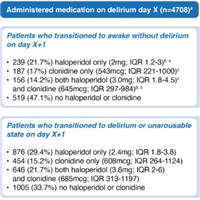
Haloperidol, Clonidine and Resolution of Delirium in Critically Ill Patients
Haloperidol and clonidine use in delirious ICU patients may be associated with reduced probability of delirium resolution. This finding, however, merits further investigation given inherent limitations of this observational... read more

Unexpectedly High Frequency of Enterococcal Bloodstream Infections in COVID-19 Patients
Coronavirus disease 2019 seemed to increase the frequency of bloodstream infections (particularly Enterococcus-related bloodstream infection) after ICU admission. This may have been due to enteric involvement in patients... read more

Early prediction of impending septic shock in children using age-adjusted Sepsis-3 criteria
Sepsis is a syndrome which afflicts both adults and children, with many disease courses and diverse outcomes. Understanding of sepsis pathophysiology has changed over time; the Sepsis-3 criteria define sepsis in adults as... read more
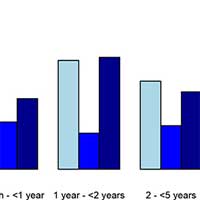
Management of Children With Fever at Risk for Pediatric Sepsis
Many febrile children (41%) present with warning signs for sepsis, with only few of them undergoing investigations or treatment for true sepsis. Children with positive isolates in blood or CSF culture presented in a heterogeneous... read more
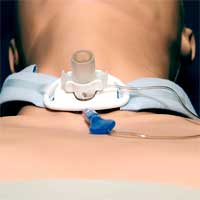
Elective Tracheostomy During COVID-19: To Whom, When, How?
We suggest to wait at least 14 days to perform tracheostomy. In patients with SOFA score > 6 and D dimer > 4, tracheostomy should not be performed or should be postponed. Optimized procedures and enhanced personal... read more

Copeptin as a Marker of Outcome After Cardiac Arrest
Copeptin is an independent marker of severity of the post cardiac arrest syndrome, partially related to circulatory failure. 690 patients were included in the analyses, of whom 203 (30.3%) developed cardiovascular deterioration... read more




